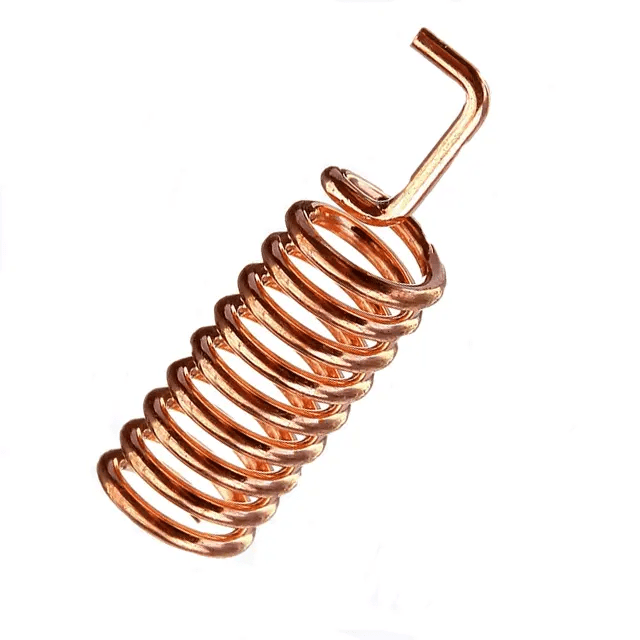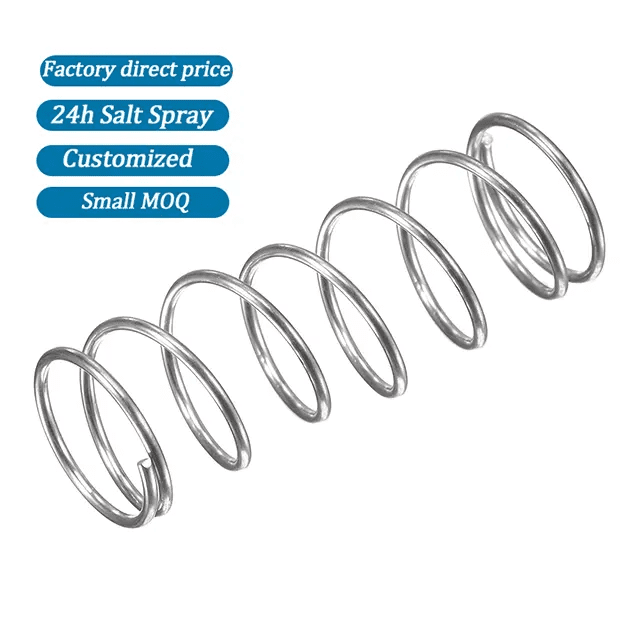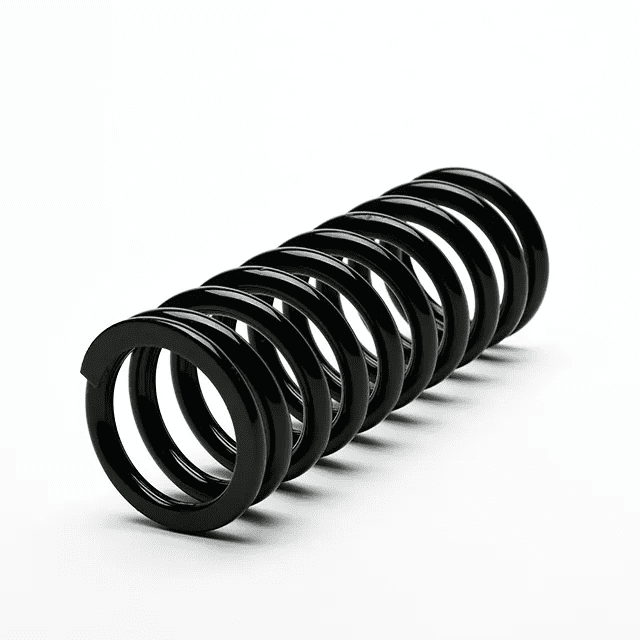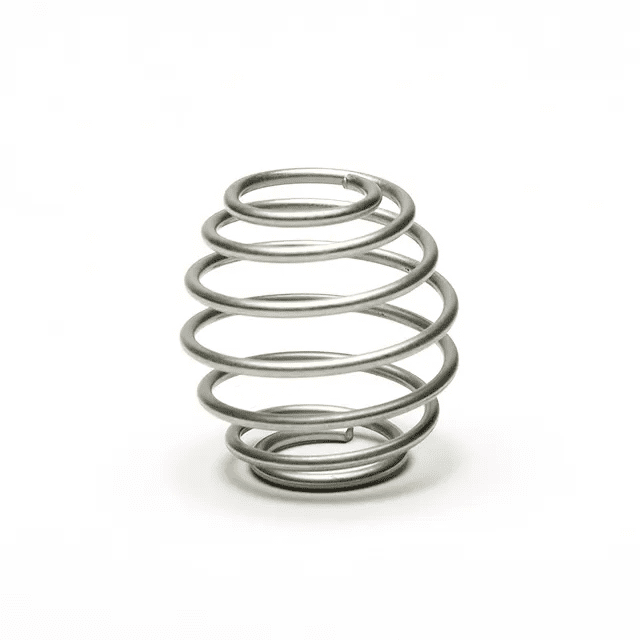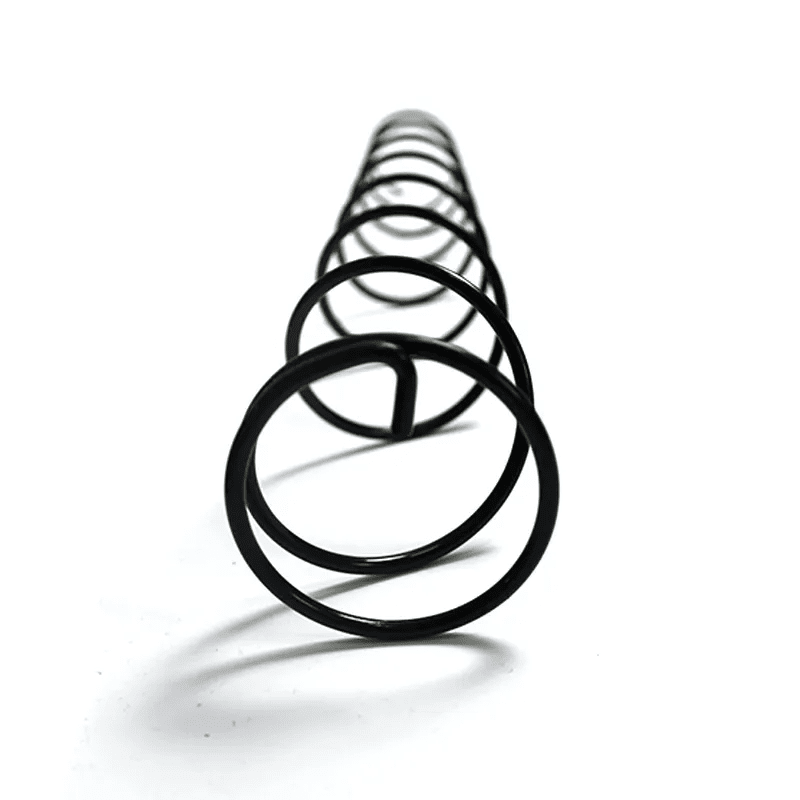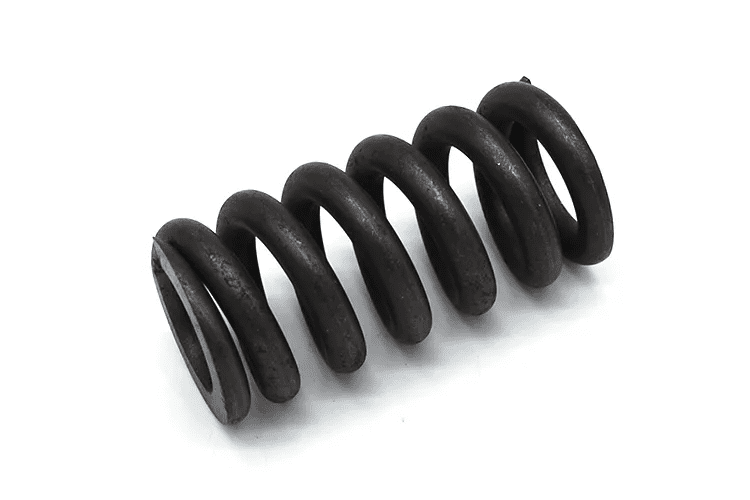
What Is The Difference Between Shot Peening And Shot Peen Water Jet Drilling In Compression Springs?
Shot Peening And Water Peening Are Two Surface Treatment Techniques Used To Enhance The Performance And Durability Of Compression Springs.
While Both Methods Involve The Use Of A Medium To Modify The Surface Of The Springs, They Differ In Their Purpose, The Specific Effects They Achieve, And The Process Used To Apply The Medium.
Shot Peening Is A Mechanical Surface Treatment Technique That Involves Bombarding The Surface Of The Spring With Small, Spherical Shot Particles At High Velocities. The Shot Particles Create Controlled Plastic Deformations On The Surface, Inducing Compressive Residual Stresses.
The Compressive Stresses Help To Counteract The Tensile Stresses That Occur During The Spring’S Operation, Thereby Improving Its Resistance To Fatigue Failure.
During Shot Peening,The Shot Particles Are Typically Propelled Using Compressed Air Or Centrifugal Force. The Size, Shape, And Material Of The Shots Can Vary Depending On The Desired Outcome And The Properties Of The Spring Material.
The Shot Particles Impact The Surface, Causing Localized Plastic Deformation And The Formation Of Dimples Or Indentations.
These Dimples Act As Stress Concentrators, Redistributing The Applied Stress And Promoting The Generation Of Compressive Residual Stresses Beneath The Surface.
Water Peening, On The Other Hand, Is A Surface Treatment Technique That Involves The Use Of High-Pressure Water Jets To Modify The Surface Of The Spring.
The Water Jets Are Directed At The Surface Of The Spring, Creating A Controlled Plastic Deformation And Inducing Compressive Residual Stresses.
The Water Pressure And Flow Rate Can Be Adjusted To Achieve The Desired Level Of Deformation And Stress.
Water Peening Is Typically Performed Using A Specialized Machine That Directs The Water Jets At The Surface Of The Spring.
The Machine Can Be Programmed To Apply The Water Jets In A Specific Pattern Or Sequence, Allowing For Precise Control Over The Treatment Process.
The Water Used In The Process Can Be Filtered And Recycled, Making It An Environmentally Friendly Option.
The Purpose Of Water Peening In Compression Springs Is Similar To That Of Shot Peening. Both Techniques Aim To Induce Compressive Residual Stresses In The Surface Of The Spring,Improving Its Resistance To Fatigue Failure.
However, Water Peening Offers Several Advantages Over Shot Peening. For Example, Water Peening Is A Non-Abrasive Process That Does Not Create Any Surface Dimples Or Indentations.
This Can Be Beneficial In Applications Where A Smooth Surface Is Required, Such As In Medical Devices Or Precision Instruments.
Water Peening Also Offers Greater Flexibility In Terms Of The Size And Shape Of The Components That Can Be Treated.
The Water Jets Can Be Directed At Specific Areas Of The Spring, Allowing For Localized Treatment And Precise Control Over The Level Of Deformation And Stress Induced.
This Can Be Particularly Useful In Applications Where Only Certain Areas Of The Spring Are Subjected To High Stress Levels.
In Summary, Shot Peening And Water Peening Are Surface Treatment Techniques Used To Enhance The Performance And Durability Of Compression Springs.
Shot Peening Involves The Use Of Small, Spherical Shot Particles To Induce Compressive Residual Stresses Through Controlled Plastic Deformation, While Water Peening Uses High-Pressure Water Jets To Achieve A Similar Effect.
While Both Techniques Aim To Improve The Fatigue Life And Strength Of Compression Springs, Water Peening Offers Several Advantages Over Shot Peening, Including Greater Flexibility And The Ability To Achieve A Smooth Surface.


